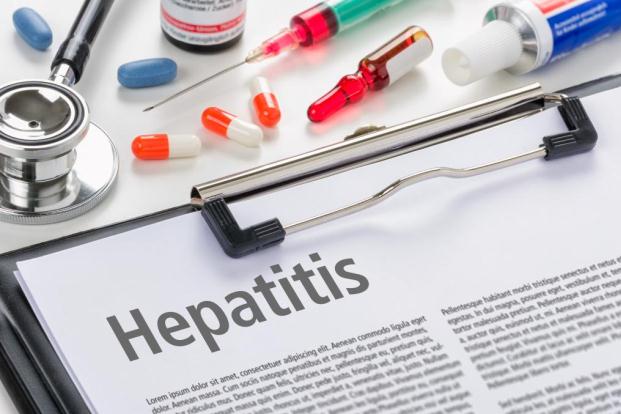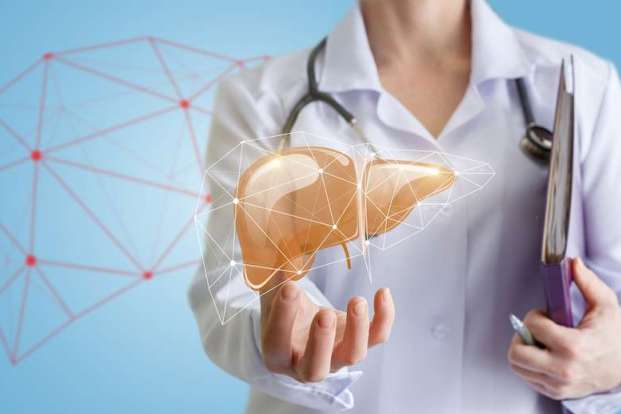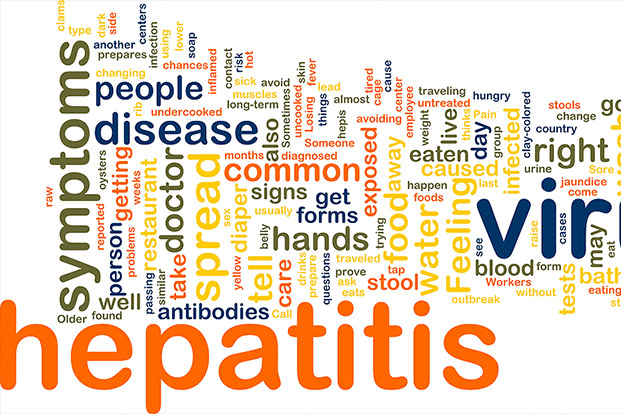Categories
- Bariatric Surgery (11)
- Black Fungus (5)
- Bone Marrow transplant (3)
- Brain Tumor Surgery Navigation Technology (20)
- Cardiac Surgery (66)
- Cardiology (97)
- Computer navigation technology for joint replacements (20)
- Covid Vaccination (17)
- Critical Care (2)
- Dental (19)
- Dermatology (31)
- Dialysis Support Group - “UTSAAH” (11)
- Dietitian (33)
- Emergency Medicine (4)
- Emotional Health (11)
- Endocrinology (33)
- ENT (20)
- Gastroenterology and GI Surgery (53)
- General and Laparoscopic Surgery (21)
- General Surgery (4)
- Gynecology & Obstetrics (183)
- Hematology (20)
- Internal Medicine (294)
- Kidney Transplant (50)
- Kidney Transplantation (20)
- Lung Cancer (8)
- Minimal Invasive Surgery (1)
- Mother & Child (20)
- mucormycosis (5)
- Nephrology (61)
- Neurology (147)
- Neurosurgery (68)
- Nutrition and Dietetics (107)
- Omicron Variant (1)
- Oncology (288)
- Ophthalmology (10)
- Orthopaedics & Joint Replacement (86)
- Paediatrics (59)
- Pediatric Nephrology (3)
- Physiotherapy (5)
- Plastic & Reconstructive Surgery (6)
- Psychiatry and Psychology (90)
- Psychologist (28)
- Pulmonology (72)
- Rheumatology (13)
- Spine Services (21)
- Transradial Angioplasty (16)
- Urology (84)
Query Form
Posted on Apr 19, 2022
How is Alcohol and Liver Disease associated?
It can be said that majority of alcohol associated liver diseases (ARLD) occur due to a single common risk factor i.e., consumption of high intake of alcohol.

However, research has revealed a very interesting and complex interplay of genetic, environmental and social factors which contribute to development, progression, and consequences of ARLD.
It’s a fact that liver diseases are not universal, even in people with very high intake of alcohol consumption. Only a minority of those consuming alcohol go on to develop ARLD.
So, that attracts the question- What are the risk-factors which make one more prone to develop ARLD?
Research studies on this aspect have identified like risk factors which are summarized as below:
- Women seem to have a higher risk of creating alcoholic hepatitis possibly because of differences in the way alcohol is processed in women.
- Overweight. People who are obesity might be several prone to develop alcoholic hepatitis and to progress to cirrhosis.
- Genetic factors. Research suggests there may be a genetic component in alcohol-induced liver disease although it’s hard to separate genetic and environmental factors.
- Race and ethnicity. African-Americans and Hispanics including we Indians might be at more higher risk of alcoholic hepatitis.
- Quantity of alcohol: Risk threshold for developing ARLD is 20 g per day, and this risk increases with increased daily intake. Drinking 20 g of ethanol per day and for less than 5 years are basically safe from ARLD.
- Type of Alcohol: Drinking only hard liquors or mixing multiple types of alcoholic beverages, independent of the amount, is linked with an increased prevalence of ARLD.
- Structure of drinking: Bringing drinking i.e, consuming five or more drinks at one time might increase your risk.
- Timing of intake: Drinking alcohol without accompanying meals seem to be multiple harmful than when alcohol is taken with meals.Drinking without food might differentially affect the intragastric metabolism of ethanol by decreasing gastric alcohol dehydrogenase and hepatic glutathione and by accelerating gastric emptying
- Hepatitis C is an infectious liver disease caused by a virus. HCV positive persons who also drink heavily are likely to develop liver disease than someone who doesn’t want drink.
- Diabetes mellitus : Diabetics are more prone to create ARLD as compared to non-diabetics,though this difference can be linked to high prevalence of Obesity and the common genetic factors which may be several in diabetics than in non-diabetics.



